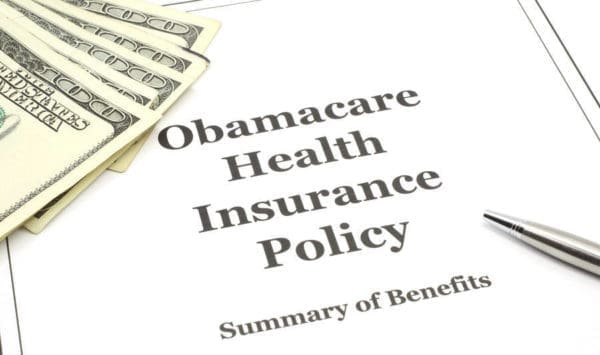If you’re one of the people still confused about the Affordable Care Act otherwise known as Obamacare you’ve got plenty of company. The April 2013 Kaiser Health Tracking Poll found that roughly half of Americans say they “do not have enough information about the health reform law to understand how it will impact their own family.” Over 40 percent surveyed didn’t know that the ACA is law and will be implemented. (To be clear: It has not been repealed by Congress or overturned by the Supreme Court.)

So, knowing that Obamacare is headed your way, what does it mean? What changes can you expect as a pain patient?
Let’s sort through a few of the biggest changes and misunderstandings about this important piece of legislation, which will affect nearly all of us in one way or another. See how many you know and what’s news to you:
- You will get more freebies under Obamacare. One thing we don’t focus enough on in the U.S. health care system is disease prevention. So under the ACA, lots of basic care, including many vaccines, tests, and screenings, will now be covered at no cost which means no co-pay, either regardless of which health insurance plan you choose or if you’re covered through your job. Fifteen preventive services are covered for free for most adults, including screenings for blood pressure, depression, substance abuse, type 2 diabetes, HIV, colorectal cancer, and more. Ten vaccines are also built into coverage, including your annual flu shot. Find a list of Medicare Preventive Services for seniors here.
- You may get help paying for your health coverage. It remains to be seen how much premiums will increase as a result of the ACA (though experts are predicting increase steep ones in some cases as insurers attempt to compensate for the additional coverage the law requires).
Kaiser has a handy Subsidy Calculator to help you get an estimate of your premium and if you’re eligible for subsidies (tax credits) to help pay for insurance. Enter your expected 2014 income, whether you have employer coverage, the number of adults and children in your household, your age, and whether or not you use tobacco. Remember, this is just an estimate; final figures won’t be available for a while.
- It’s pretty simple to apply for coverage. The Department of Health and Human Services, which is overseeing implementation of the ACA, has been working to simplify the application form for insurance. The agency recently released an improved form, and people will be able to apply by phone or mail, in person, or online (online is simplest). Here is the form that individuals can use (PDF) and the form for families (PDF). If you’re applying as an individual who doesn’t need financial assistance, you can use this form (PDF). Enrollment through health exchanges (every state will have one, and you’ll start hearing about them this summer) will start in October, with coverage to start on Jan. 1, 2014.
- Insurance companies can no longer discriminate against adults with a pre-existing condition or because of their sex. This is a big deal for anyone who’s had a long-standing pain-related condition and either lost insurance and couldn’t find it again, or who wanted to change insurers. An insurer can no longer refuse to sell you coverage because of a condition you had or have, and can’t charge higher rates to women or men. Also, if you decide to participate in a clinical trial, perhaps in the hope that a cure might be found for your pain or for a related condition (the disease studied must be life-threatening), the plan can’t drop you or limit your coverage. All these protections go into effect in January.
- If you’re 26 or under, you can be insured under your parent’s health plan. This element of the ACA is already in place and has been one of its biggest success stories. A Commonwealth Fund survey shows that the number of young adults who were uninsured at any time during the previous year fell from 48 percent in 2010 (the year the ACA was signed into law) to 41 percent last year a drop of nearly 2 million adults, the survey noted.
What do you think will happen when the biggest changes from the Affordable Care Act take effect in January?




